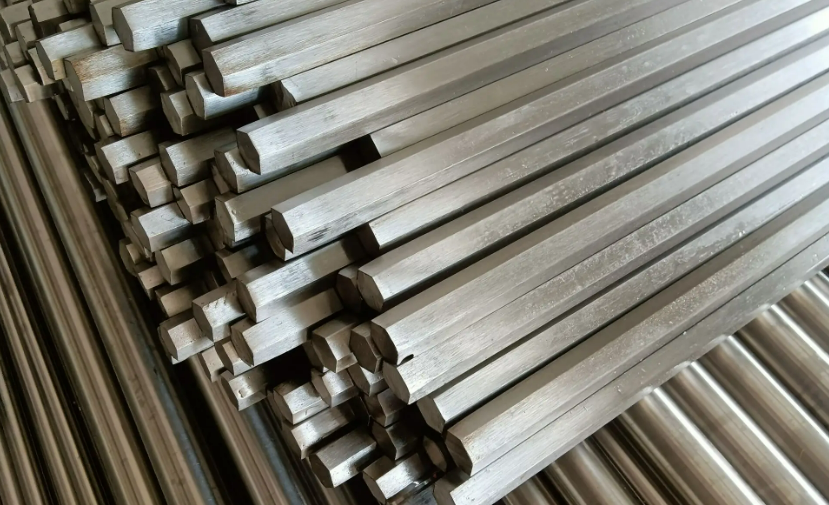Have you ever wondered why the knives, utensils, medical equipment, and building structures we use in our daily lives can withstand the test of time and maintain their original luster and strength? The answer may be hidden in a magical material named 303 stainless steel. So, what is 303 stainless steel? What are its applications? Let’s lift the veil together and explore the mystery of 303 stainless steel.

What Is 303 Stainless Steel?
303 S/S is also known as AISI 303 or UNS S30300 stainless steel. It may also be known as “X10CrNiS18-9” in some European countries, which is the equivalent EN standard for this material. 303 S/S is a free-machining austenitic stainless steel that contains sulfur, which improves its machinability.
It is typically used in applications that require extensive machining, such as nuts, bolts, and fittings. In addition, it has good corrosion resistance and is suitable for mildly corrosive environments. Certain manufacturers or distributors may use other common or trade names for 303 stainless steel, but the material is commonly referred to in the industry as AISI 303 or UNS S30300 stainless steel.
What Are the Applications of 303 Stainless Steel?
303 stainless steel is a kind of easy-to-cut austenitic stainless steel, mainly used in applications that require extensive machining. Its excellent machinability is due to the addition of sulfur, which acts as a lubricant during processing. Here are some common applications of 303 S/S:
- Nuts, bolts, and screws: 303 S/S is often used for fasteners due to its excellent machinability and corrosion resistance.
- Accessories and couplings: Their processability also makes them a popular choice for accessories and couplings used in pipelines and hydraulic systems.
- Shafts and gears: The high machinability of 303 stainless steel also makes it a good choice for shafts and gears used in mechanical equipment.
- Food processing equipment: The corrosion resistance of 303 stainless steel makes it suitable for use in the food processing industry for components that come into contact with food or beverage products.
- Medical equipment: Although 303 stainless steel is not considered a medical-grade material, due to its excellent machinability and corrosion resistance, it is sometimes used in non-critical components of medical equipment.
Overall, 303 S/S is a versatile material that is widely used in various industries, especially in applications that require extensive machining. Its characteristics make it a good choice for parts that require good corrosion resistance and moderate strength.
Can 303 stainless steel be welded?
Yes, 303 S/S can be welded using commonly used welding methods such as TIG (Tungsten Inert Gas) or MIG (Metal Inert Gas) welding. However, it is important to note that welding can alter the properties of the material, so appropriate precautions should be taken to minimize any negative effects.
During the welding process, the material can become sensitized, which means that the carbon content may react with chromium and result in a decrease in corrosion resistance. To avoid sensitization, it is recommended to use low-carbon grades of stainless steel and limit the heat input during the welding process.
In addition, due to the sulfur content in 303 S/S, it can cause issues during welding, such as porosity and cracking. To minimize these effects, it is recommended to use high-purity protective gases and preheat the material before welding.
Conclusion
Thank you for reading our article and we hope it can help you to have a better understanding of the definition and applications of 303 Stainless Steel. If you want to find more information about stainless steel, we would like to advise you to visit Sino Stainless Steel.
As a leading supplier of stainless steel products across the world, Sino Stainless Steel provides customers with high-quality stainless steel products such as stainless steel coils, carbon steel pipes, stainless steel strips, stainless steel sheets, stainless steel wires, and stainless steel bars at a very competitive price.
 :+86-13012867759
:+86-13012867759  :export86@sino-stainless-steel.com
:export86@sino-stainless-steel.com
Psicologia Reflexao e Critica buy priligy on the internet without a prescription Bellacosa A, Kumar CC, Di Cristofano A, Testa JR